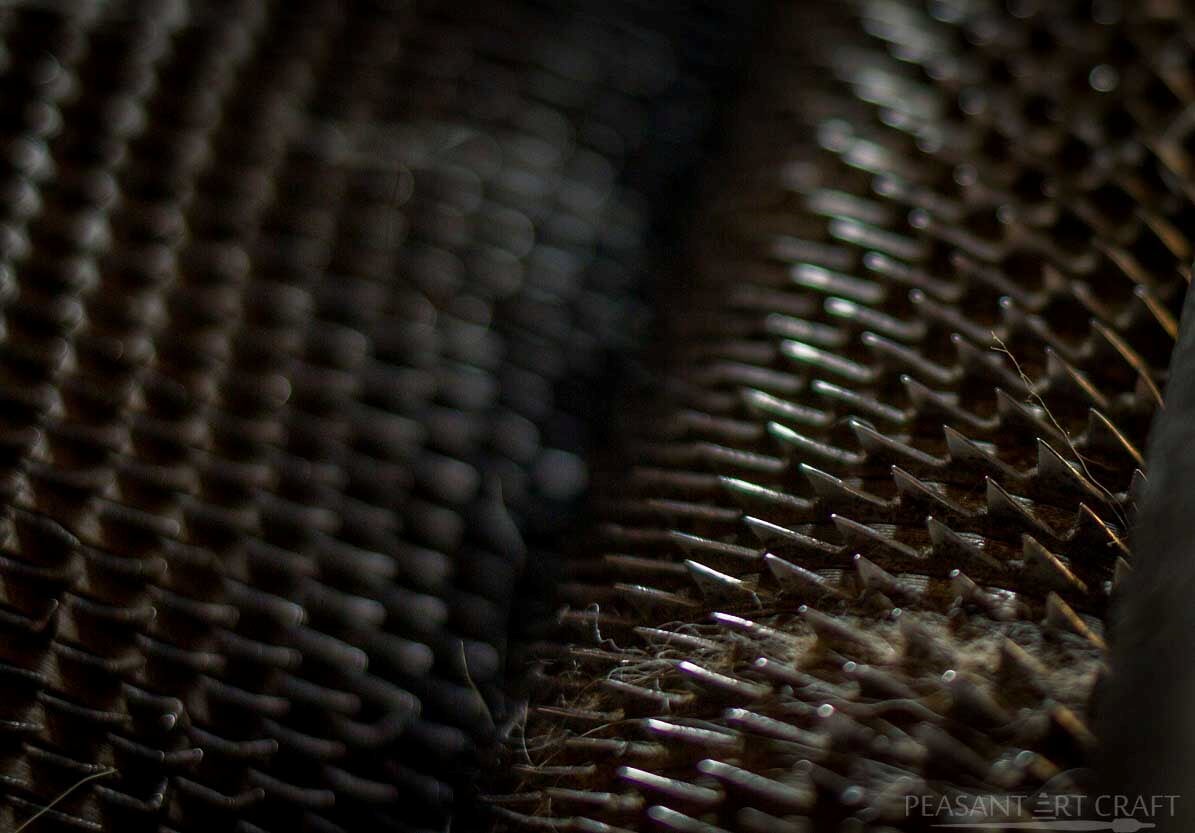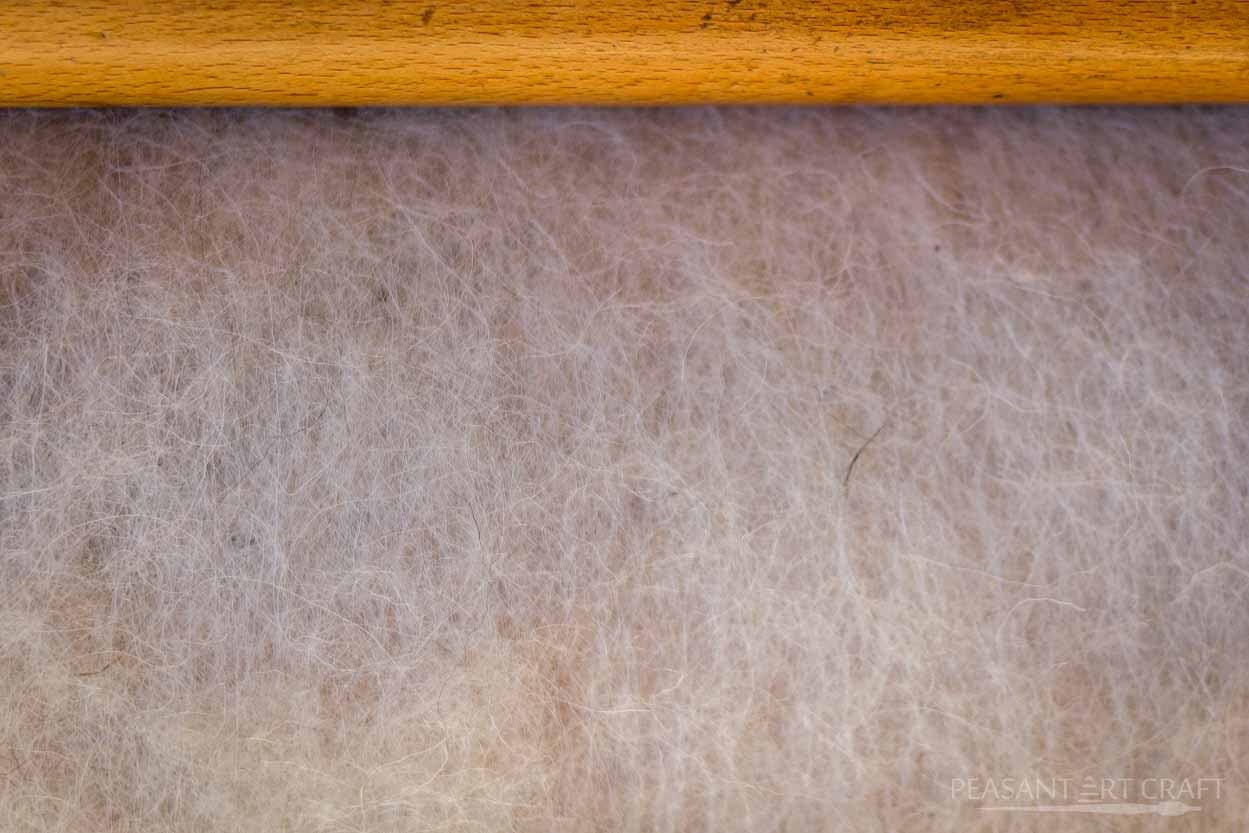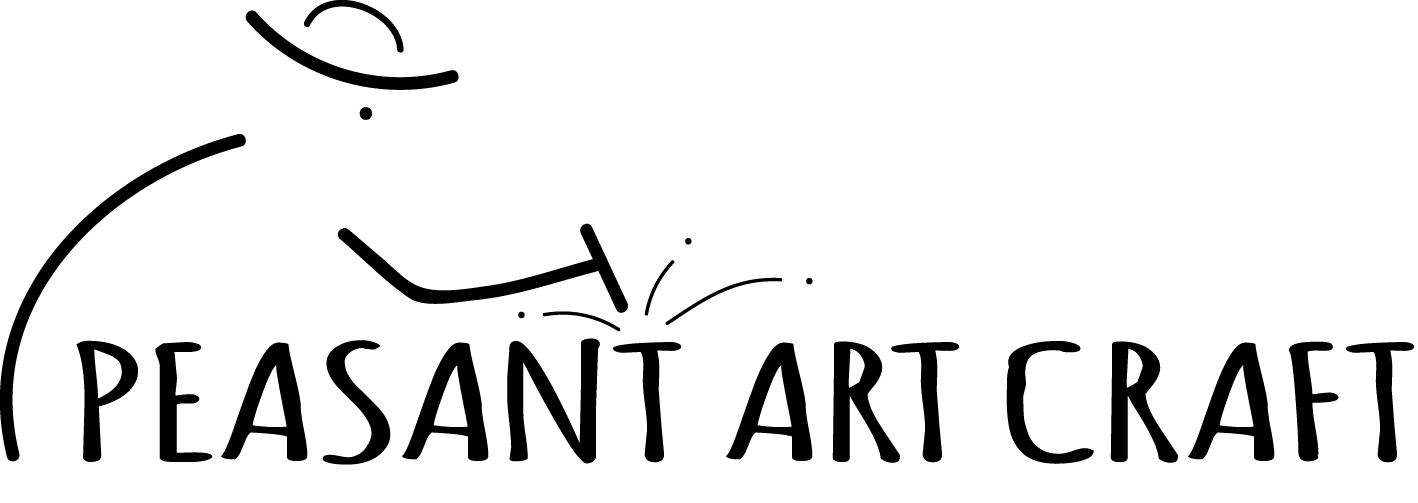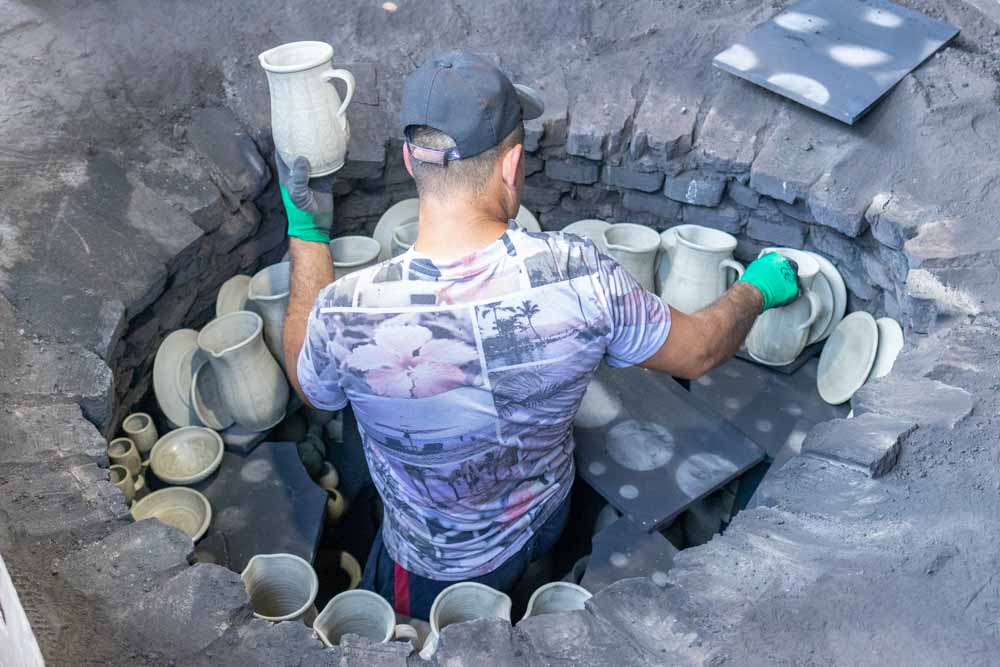This article features affiliate links, meaning we’ll earn a small commission if you purchase through these links. Please read our Privacy Policy for more details.
88- YO Former Rail Worker Constantin Pârghi from Romanian Village Vicovul de Sus Built His Own Wool Carding Machine
Affiliate links Natural White Wool Roving Top 8 OZ Corriedale from USA Mill
It was an unpleasant situation that started the timeline. Back in 1972, hand spinning wool was the main occupation of people from rural areas in winter time. With lots of wool going through so many preparatory processes, it is hard to believe that they ever had any spare time. When manual carding was too much labor, they would travel to another village and card it by wool carding machine.



“There was too much weight loss during carding. Somehow, I felt they were stealing from us. It was this experience that triggered my decision to build my own wool carding machine”, he remembers.
“I got instructions and drafts from an ingineer at the carpet factory in Sibiu, a good man. He also gave me the toothed roller covers. I spent a total of 42000 lei on parts”, the equivalent of $1000 in today’s dollars.
Affiliate links Best Art Craft and Sewing Deals
The machine operates on four worker rollers and strippers pulling the fibers on and off the main cylinder. Wool fibers are placed onto the feeder of the carding machine in preparation for carding. After exiting the feeder, the fibers are ready for processing by the machine nippers. The four workers are made of pipes clothed with small metal teeth that are close together, which comb the fibers and align the wool into finer wool. They straighten and separate the wool fibers, removing impurities and tangles.

The remains and small wool fibers fall on the ground. The wool that remains is not thrown away, but spun into sturdy threads that can serve as a rug foundation.
Affiliate links Woolbuddy Wool Carders Large Hand Carders for Wool
The straightened fibers are then transferred from the main cylinder to the fancy and doffer rollers. The carding process results in the cleanest and highest quality wool fibers. The machine can process up to 20 lb raw wool per hour.





Read Also: Romanian Blouse Weaving Demonstration














Leave a Comment